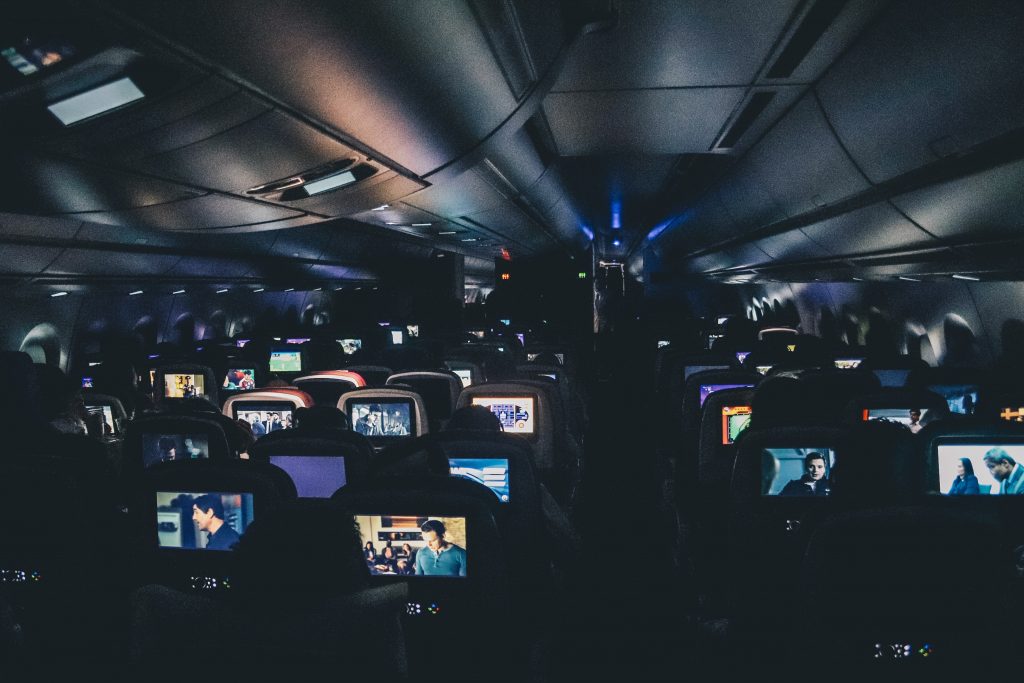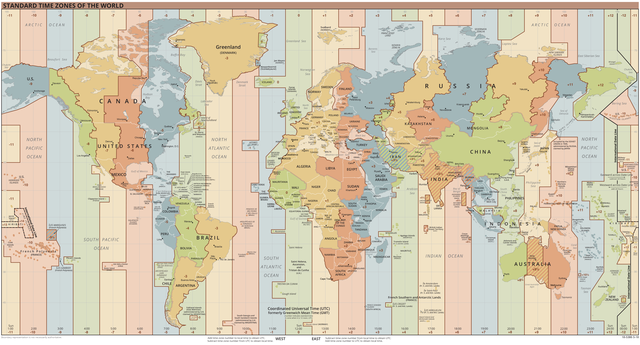
A long time ago, I read in a magazine that it takes one day for every hour of difference to get over jet lag. It certainly does take time to adjust when you travel to a country with a considerable time difference, but I think we adapt faster than the magazine says. The hardest time I had was when we landed in New York after a 19-hour flight from Bangkok. My body and my head were tired and completely confused. The minute our heads hit the pillow, we fell asleep and our bodies did their job: recharging for the time they needed. We woke up at 4 pm. The first day in the city was wasted. I decided to learn how to optimise jet lag and stop wasting my holiday time.
Since that experience, I have boarded long-haul flights every year for the past sixteen years.
I often had to fly solo with my two kids, a very tiring experience, also for the mental load of the responsibility.
I promise: I’ve learned a few things about travelling between countries with a time difference.
Here are my considerations about the flight and tips on how to minimise jet lag.
I prefer night flights for long-distance. Keeping the kids entertained for more than five hours can be difficult, no matter their age. It would be advisable to limit screen time, but we only got two hands and an individual (variable) dose of patience, paired with our individual hormonal status: set your priorities, be flexible and do what you can.
My winning strategy
I check flight timings and try to calculate how many hours of sleep we can have, and I try to get us all to sleep at a time which is in between the time difference. Not full nighttime of the departure country, not yet night in the destination country.
Imagine a cursor and you slide it between the hour lines on the world map.

For example, when we leave Australia for Europe (between 8- and 10-hours’ difference depending on the time of the year) we board a night flight, we wait for dinner to be served, we watch a movie and sleep at around 2 am. This way we are more in line with the destination time. The hours of sleep will be less than a full night of course, but the kids will have room for a nap later.
I use Worldtimebuddy to calculate the hours and check the time difference, I think it is a great tool.
What to do at arrival
When we arrive, I always keep myself and the kids awake and active until bedtime with the new time. I generally hit playgrounds and have meals in time with the local time. So far, it has worked well – except the time we had no choice but to take an 11-hour daytime flight to Bangkok. Nobody in our family managed to close their eyes during the flight. We only had one day to meet our dear friends travelling from Japan. And that was the day of our arrival in Bangkok. For the first time my eldest, my husband and I stayed awake for 24 hours. My youngest was the only one who had a four-hour nap!
Kids under two require more care and time to adjust
Kids under two require more care and time to adjust. Nursing and feeding must continue to be on-demand, and rest time can be intermittent for a couple of days, then it will slowly adapt to the destination time.
The most common mistake
Allowing kids to sleep at the wrong time at the destination keeps them in sync with their internal body clock of the departure country: it will take more time to adjust.
My 6 key rules to optimise jet lag
So, my learning is based on simple rules:
- Planning ahead gives us options.
- Following the day-night rhythm at destination helps the body to adjust. Sunlight regulates our hormones.
- Short naps help them to cope with the time difference with a bit of rest here and there, but not too many hours during the day, just those they are used to having at their age.
- Be prepared to have an awake child in the middle of the night, if you can, try to take turns with your partner so you both can rest and take care of the little one who is struggling in adjusting.
- Eat light meals and drink plenty of fluids to support a healthy transition. Listen to little ones’ needs: they will eat when they are hungry.
- The body needs rest while traveling, plan accordingly.
My other tips for the mental sanity of flying solo mums
1. Don’t feel judged by other passengers: everyone has own hurdle to deal with. We are all doing the best we can. A heavy snorer is equally annoying of a crying baby.
2. Ask for help: to the person sitting next to you, to the flight attendants, read carefully the flight company assistance services section, including Stop Over ones, and consider using them.
3. Have compassion for everyone, including yourself.
What about you – which strategy works for you?
Please share here your experience, so we can help each other by sharing sleep-saving tips.



